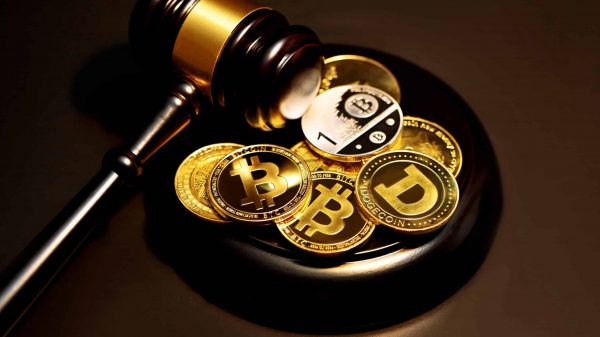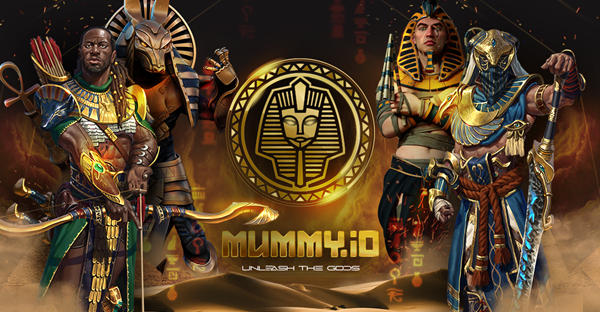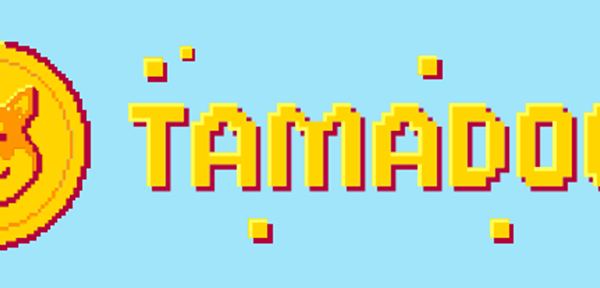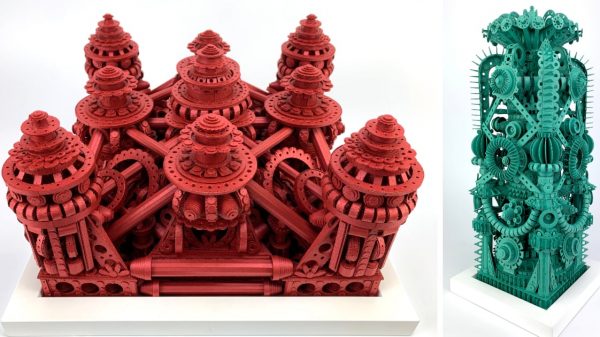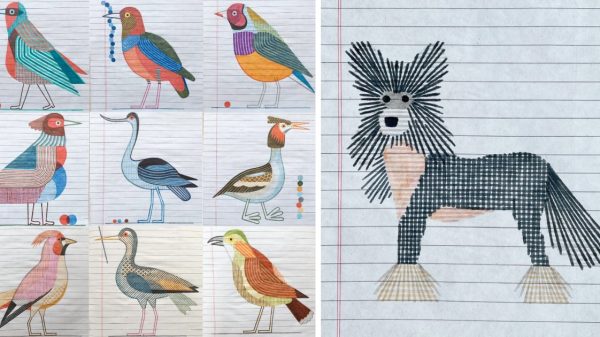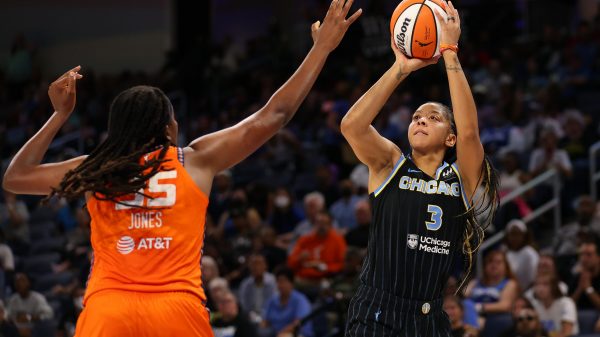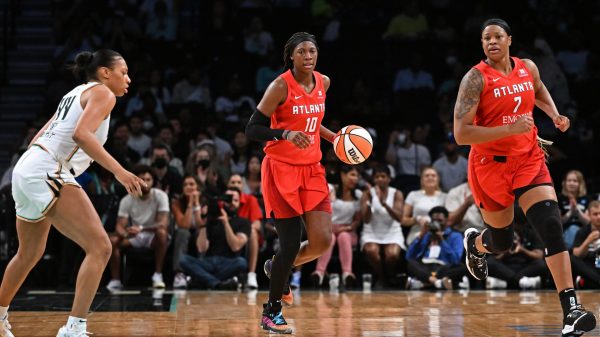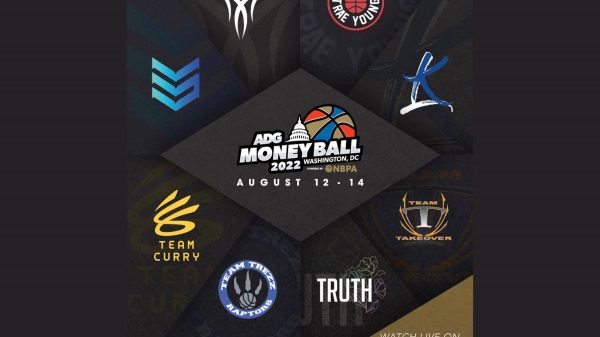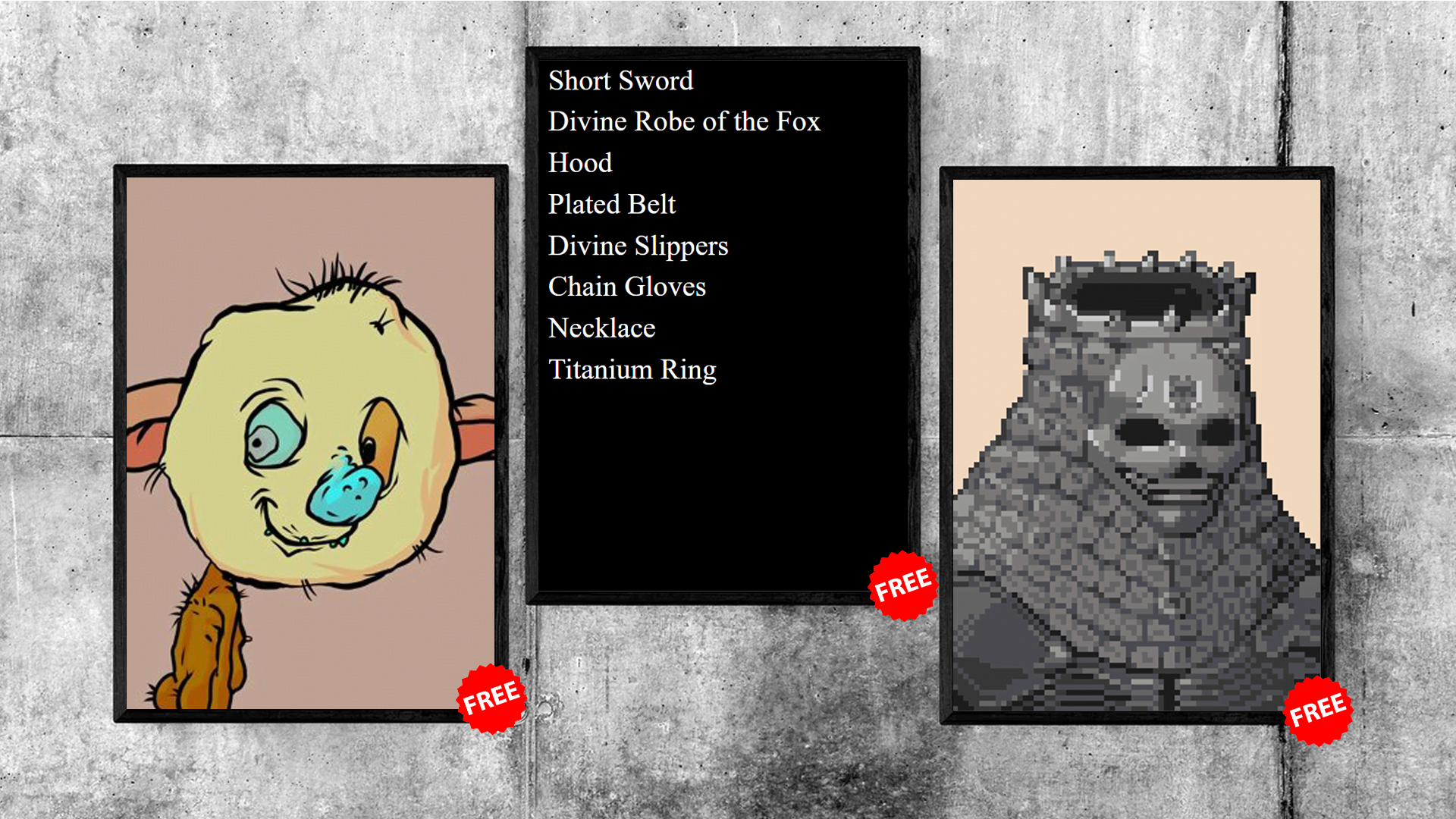Article from: NFT Now
In short, yes. Free-to-mint NFT launches seem to be working just fine. And why shouldn’t they? After all, free-claim NFTs have long existed, with some even laying the groundwork for numerous influential projects launched over the past few years.
Yet, while the CryptoPunks claim still lives as a shining example of early NFT success, others have taken up the cause of the free-to-mint. Notably, Loot, the brainchild Dom Hofmann, was launched without warning on August 27, 2021, as a free-to-claim NFT on a first-come, first-serve basis. This project alone set off a chain of subsequent projects that proliferated the free-mint tactic.
Of course, things are vastly different now than they were when CryptoPunks were first released into the wild. Yes, free-to-mint NFTs work, and they work quite well for the most part as a way to roll out a new NFT project. But things get a bit more complicated when it comes to the secondary market for free mints, leading many to wonder if they’re sustainable in the long run.
Currently, it feels as though free-to-mint NFTs are only successful for large-scale projects. Generally, free-to-mint NFTs perpetuate the idea of exclusivity. By and large, free-mints are an event and one that almost automatically draws a great deal of hype. Who wouldn’t want a free NFT from a project with tens of thousands of Twitter followers? It’s an NFT flipper’s dream.
While public sales and dutch auctions force collectors to strategize and time their buys, free-to-mint NFTs cause a free-for-all, generating widespread FOMO (fear of missing out) and often leading to those ever-dreadful gas wars. And ultimately, paying something like 0.1 or even 0.4 ETH in gas to mint a single free-to-mint NFT isn’t actually free in the slightest.
These types of NFT drops are undoubtedly a great deal of fun for those who participate and profit — and they do muster excitement throughout the greater NFT community — but they aren’t a viable option for everyone. While teams behind popular large-scale free-to-mint NFT collections will profit in the end by taking a (sometimes surprisingly high) percentage off the top of every secondary market sale, independent artists likely wouldn’t rake in much at all from a free-to-mint drop.
Considering many artists — even those who have gained a sizeable following and have racked up significant 1/1 sales in the past — still struggle to sell their NFTs independently, minting their pieces out for free probably wouldn’t generate much revenue. Of course, this is dependent on the artists and supply vs demand, as we surely won’t see Beeple struggling to sell a small batch of edition pieces anytime soon.
Yet, perhaps this juxtaposition is less indicative of free-to-mint NFTs, and more-so exemplary of an unspoken learning of the NFT market: that just because something works for one person/group (i.e. free-mints, utility tokens, companion collections, airdrops, etc.) doesn’t mean it will work for everyone.
While there is a case against free-to-mint NFTs, the majority of collectors/investors in the space feel that they are, in fact, a viable option for creators. As PFP projects continue to dominate the market, accruing millions of dollars in capital from their primary sales, the lack of accountability to those behind these projects has become a point of contention within the NFT community.
The fact that free-to-mint NFTs don’t work for everyone could be the reason they have a bet on longevity. In a sort of pay-to-play way, free-to-mint NFTs might force creators to make a show of what they can offer collectors, rather than implementing complex roadmaps that can only be completed once a collection sells out.
Nobody should be paying to mint NFTs. The standard should be FREE. Make projects earn their money playing the long game with royalties and other sources of revenue.
It’s just too easy to throw together a 10k pfp and make a few million dollars. There’s no way this is sustainable.
As free-to-mints don’t work for everyone, they (theoretically) shouldn’t work too well for the bad actors of the space. Why? Because free mints are counterintuitive to those who would hope to take the NFT community for a ride with a farcical money grab.
But simply giving away thousands of NFTs for free is in no way guaranteed to turn a profit. Free-to-mint collections are designed to be a flash, then a slow burn; meaning the money really won’t be pouring in for the collector until the hype comes to a head. In the grand scheme of the market, this may be one of the major upsides of free-to-mint NFTs and provide more evidence of their sustainability.
The post Are Free-to-Mint NFTs a Viable Option for Creators? appeared first on nft now.
source
Article from: NFT Now



